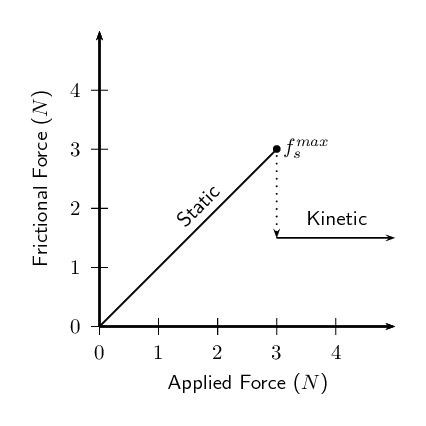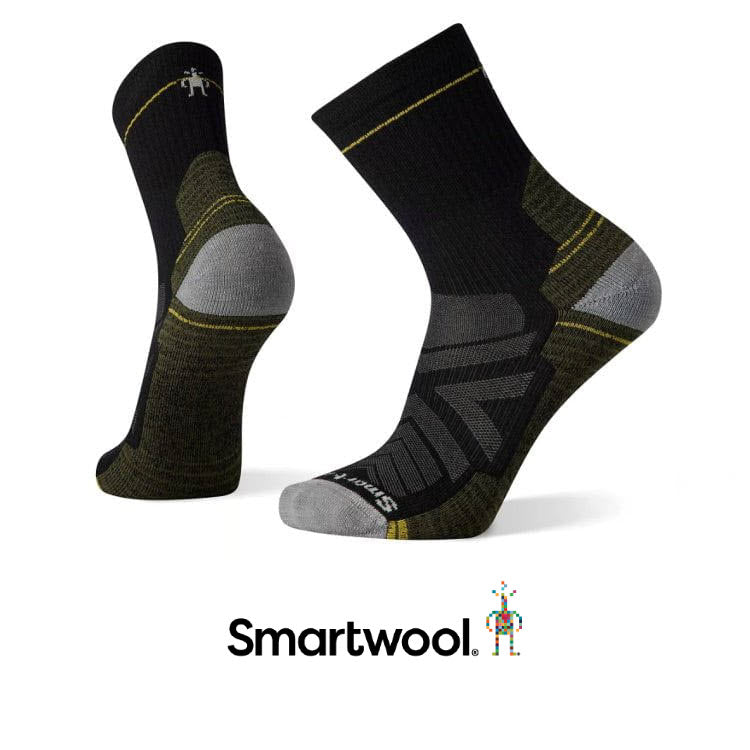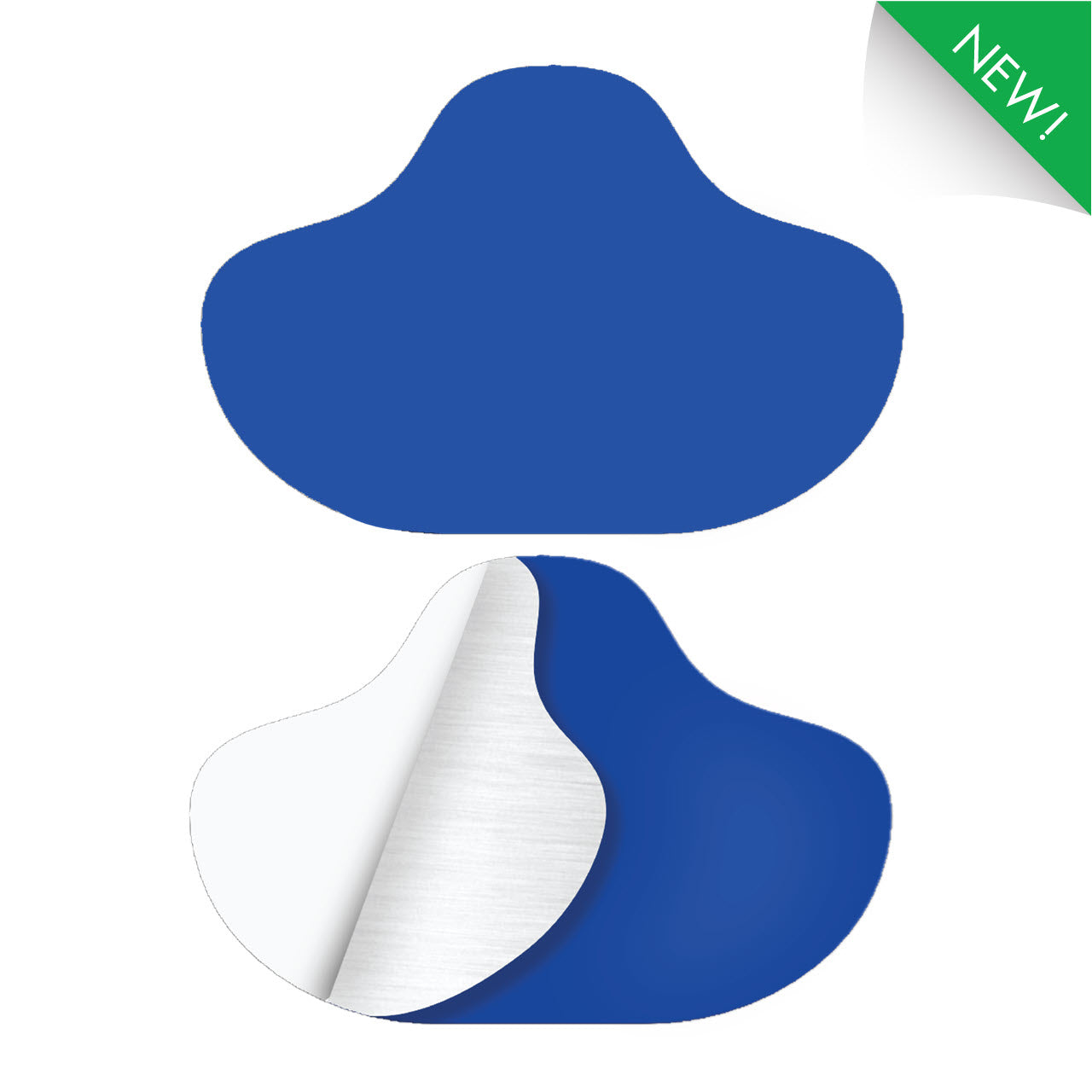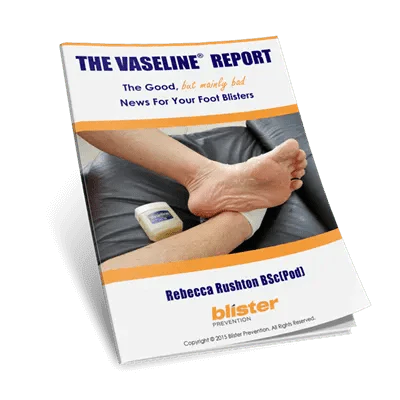Some people can’t get past the mistaken/flawed idea that blisters are caused by rubbing. I understand it, though. Even as I was learning more about blisters and the role of friction, there was a synaptic reflex that automatically took my mind to rubbing, even when I knew it to not be true. What about you? Be honest, when you watch this video, are you imagining the foot sliding (rubbing) in the shoe?
Sure, there might be a tiny little bit of relative movement (sliding) between the foot (skin) and the shoe. But I wouldn't mind betting there's absolutely none. 💡Exclusively what you’re seeing in this video is the bones moving within the foot, allowed by distortion (deformation) of the soft tissues of the feet - NOT RUBBING💡 The skin, sock and shoe remain in stationary contact. They remain in stationary contact while the bones roll back and forth within the foot - without the skin surface moving at all. This describes static friction - the friction force before one surface moves across another. It's not until the force of bone movement exceeds peak static friction that there is (rubbing) relative movement between the skin/sock or sock/shoe.

Rubbing is not the problem; it can be the solution. Lots of blister prevention strategies work by promoting rubbing. Lubricants encourage rubbing between the skin and sock. Engo Blister Patches encourage rubbing between the sock and shoe. Double sock systems encourage rubbing between the two socks.
Video Credit: iStock https://youtu.be/eq1WsWc5R7A
But Here's The Kicker...
As soon as there is a bit of slip (rubbing), the magnitude of shear deformation reduces, because friction force reduces (kinetic friction). So, rubbing actually reduces friction and therefore the magnitude of shear deformation. That's why rubbing is not required for blister formation. The blister injury occurs before there is rubbing. It occurs during a state of static friction (ie: stationary contact of skin, sock and shoe).
Friction force reduces as soon as there is movement








